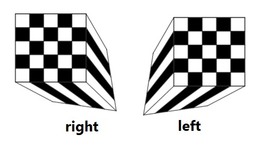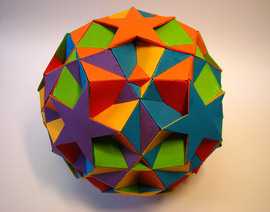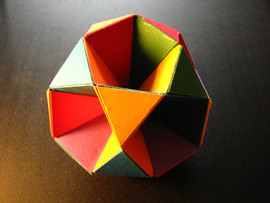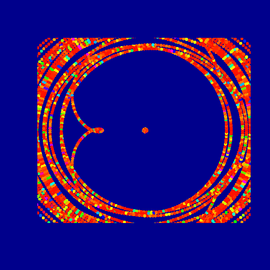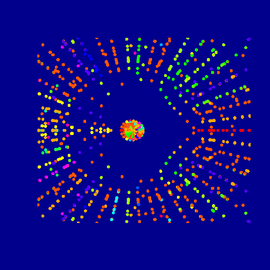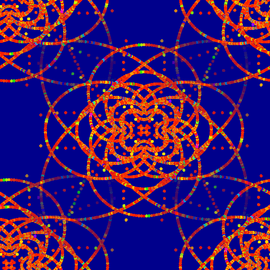Shrine of Knowledge
Shrine of Knowledge
Curiosity and a need for learning has been a vehicle for discoveries leading to better description of the systems we obey. Mathematics helped philosophers understand and depict basic structures, processes and products, then to develop tools for collecting facts and date, and improving our knowledge, as a basis for further discoveries.
Platonic forms and Platonic shapes are juxtaposed with a model of the Universe created by a mathematician, astronomer, and astrologer, Johannes Kepler (1571-1630), who used them to depict his vision of how the Universe could look like. This composition underlies the basic forms seen as divine forms as described by Plato (428/427 or 424/423– 348/347 BCE), known as a philosopher and the founder of the Academy in Athens, one of the first institutions of higher learning, taking discoveries to the next levels. Those 3d prints (filament) are initially set in a wooden case that follows the genaral outline.

Shrine of Knowledge
Shrine of Knowledge
wood and 3d print (filament)
Curiosity and a need for learning has been a vehicle for discoveries leading to better description of the systems we obey. Mathematics helped philosophers understand and depict basic structures, processes and products, then to develop tools for collecting facts and date, and improving our knowledge, as a basis for further discoveries.
Platonic forms and Platonic shapes are juxtaposed with a model of the Universe created by a mathematician, astronomer, and astrologer, Johannes Kepler (1571-1630), who used them to depict his vision of how the Universe could look like. This composition underlies the basic forms seen as divine forms as described by Plato (428/427 or 424/423– 348/347 BCE), known as a philosopher and the founder of the Academy in Athens, one of the first institutions of higher learning, taking discoveries to the next levels.

